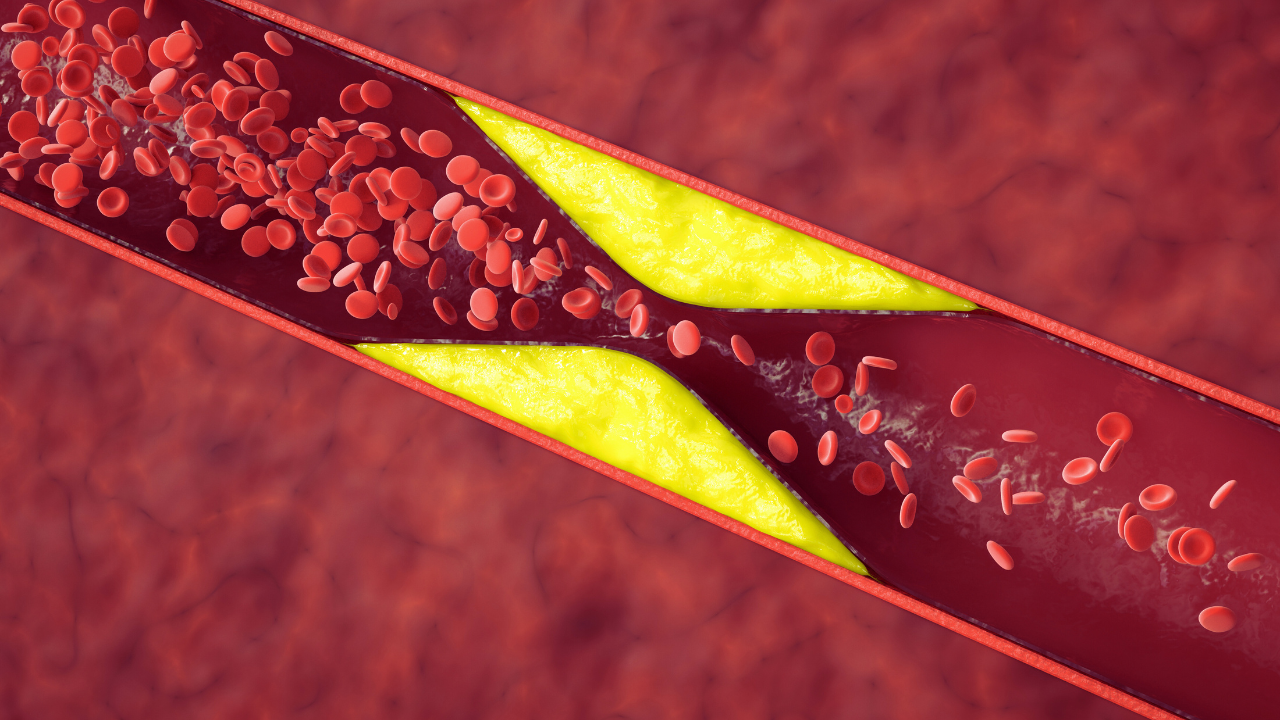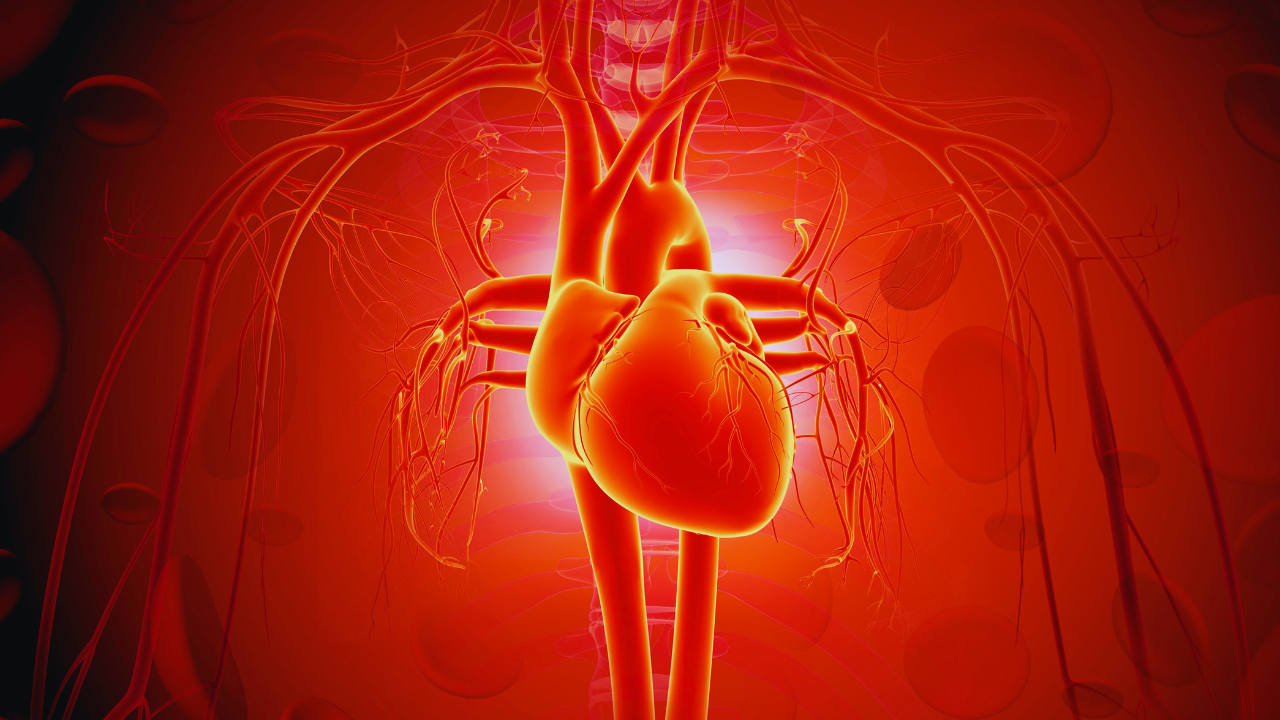From ancient civilisations to contemporary kitchens, garlic has played the dual role of being a cherished remedy as well as a culinary staple. The Allium sativum, popularly referred to as garlic, has been cherished for its powerful and lasting benefits to health. Presently, as contemporary research is finally supporting the argument that garlic has a host of advantages, the emphasis has been placed on enhanced results in the cases of nonalcoholic fatty liver disease and high cholesterol.Additionally, let us see five science-based reasons why the addition of garlic to the diet is a step towards overall well-being.
Aids in liver health and improves fatty liver condition

Garlic has been in use for its multifaceted advantages since time immemorial. Besides enriching the taste of our food, garlic enhances liver function and helps to facilitate healthy lipid metabolism by regulating cholesterol levels while assisting in natural detoxification of the liver.A meta-analysis in PubMed entitled ” Therapeutic Effects of Garlic on Hepatic Steatosis in Nonalcoholic Fatty Liver Disease Patients: A Randomized Clinical Trial” concluded that, based on the antibacterial compound Allicin present in garlic, it was responsible for improving the hepatic steatosis and comorbidity of the condition in patients with NAFLD. Another study from African health sciences advises that Garlic supplementation can be used to treat chronic liver disease.
Reduces cholesterol (Total, LDL, VLDL, Triglycerides)

Garlic shows significant lipid-lowering activities: in some experiments carried out on mice, garlic lowered total cholesterol, LDL-C, VLDL-C, Triglycerides and enzymes of the liver, also affecting cholesterol-regulating factors like LXRα ( is a subtype of liver X receptors that plays a significant role in lipid metabolism) in the intestine and liver. Journal of diabetes and Metabolic Disorders brought out a meta-analysis on the influence of garlic on lipid profile and LXR expression in the intestine and liver of mice and the findings of which concluded that ‘garlic extract reduced LXRα expression in the liver but enhanced its expression in the intestine. These actions most likely play a significant role in lowering serum triglyceride and cholesterol.’
Anti-inflammatory and immune-enhancing effects
Allicin, which is one of the active constituents of a freshly crushed garlic clove. Allicin has been shown to possess numerous antimicrobial advantages. Allicin is believed to be the primary constituent for inhibiting the growth of fungi and one garlic clove has approximately 34% allicin. In addition to being antimicrobial, allicin found in the garlic cloves also possesses antiparasitic activities when crushed fresh. Further, garlic is known to boost immunity by virtue of its antimicrobial, antioxidant and anti-inflammatory effects. It reduces the body’s hepatic inflammation consistently and inhibits the pro-inflammatory cytokines.
Cardiovascular advantages

Garlic also reduces the risk of heart disease by lowering cholesterol and blood pressure. How? It prevents the formation of plaques in arteries by enhancing the body’s circulation and flow, at the same time lowering inflammation and enhancing overall cardiovascular function, for a healthier heart. It, in-turns, lowers cholesterol and stops arterial plaque from building up in arteries.
Detoxification capacity
Allicin, diallyl sulfide, and S-allyl cysteine, the sulfur constituents of garlic enhance the activity of antioxidant enzymes that eliminate oxidative stress as well as liver inflammation, as well as aiding detoxification pathways, such as glutathione activity, (A GSH, that enhances brain ability). Garlic has proven useful in alleviating NAFLD through the prevention of oxidative stress and gut dysbiosis and no side effects were as such noted, (as found by a study published in PubMed central)

